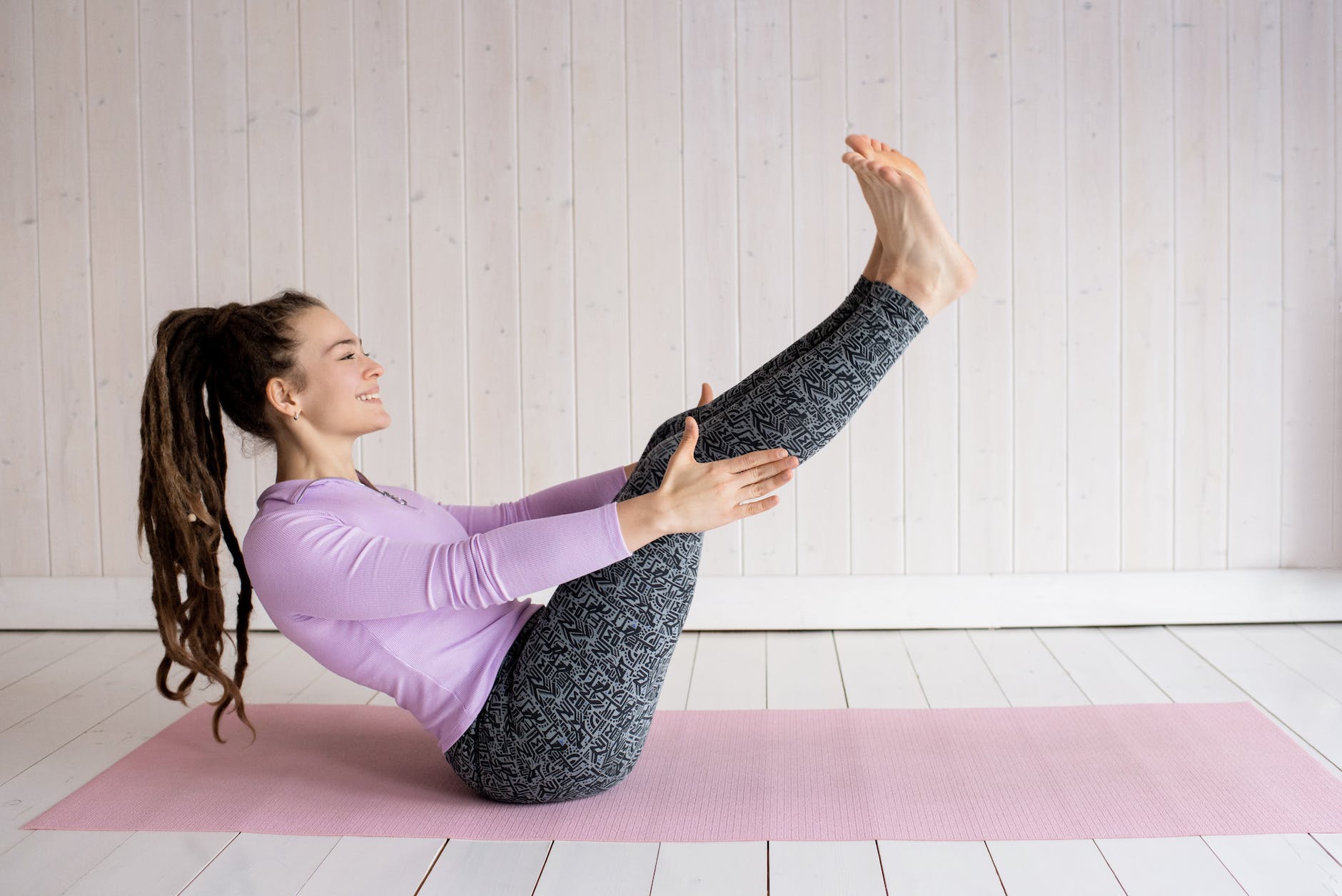
Every week, someone will approach me and let me know how their back is hurting them, or they developed plantar fasciitis, they have stiff joints, or their hips hurt. Every time I hear these complaints, my answer is always, “You need Pilates.” But, why do I always say this? Because it is TRUE! Does this mean that Pilates is a panacea for all that ails us?
What Is Pilates?
Contrary to what many may believe, Pilates is not stretching, and it is not yoga. It is a full body workout with a special emphasis on the muscles of the core. The core includes all the muscles of your trunk from the back to the front. While the primary focus is on the core, the rest of the body also gets a great workout where the muscles are strengthened and lengthened. The other advantage to Pilates is that it is low-impact. You can do Pilates daily and always get a different workout.
The 9 Principles of Pilates
Pilates focuses on 9 principles of health and fitness. They include breathing, concentration, control, centering, precision, balanced muscle development, rhythm and flow, whole body movement, and relaxation.
Breathing allows oxygenated blood to flow to all parts of the body. It also helps engage the muscles of the core and facilitates movement within the body. Additionally, breathing connects the mind and body and relieves tension throughout the body, causing it to relax. Lung capacity also increases, which means more cardiovascular endurance. If you run, for example, you will be able to run for a longer amount of time.
Pilates increases your concentration because you have to pay attention to what your body is doing. Much of Pilates involves mindful activation of specific muscle groups.
You need to actively control your range of movement, weight load, breath, tempo, and how your muscles contract when engaging in Pilates movements. This effort requires your body to work harder as opposed to passive movement.
Centering in Pilates means actively engaging the core muscles. The best way to illustrate this is picturing a corset around your waist. Imagine that corset getting tighter. That is how your abdominals should feel during Pilates. You benefit through more purposeful and efficient movement of the body, which can increase the power and speed of your movement in other activities such as tennis, football, golf and other activities.
Balanced muscle development means that no muscle is overworked or underworked in the body. Movements in Pilates must be done on both sides of the body to create balance throughout the kinetic chain. Your kinetic chain, explained simply, is your whole body – head to toe.
All movements in Pilates are done with a sense of rhythm. Each action is done with a deliberate tempo. Flow means that when one exercise is completed, we move right on to the next one.
In Pilates, the entire body is worked out. Every person who I have taught Pilates to has said that they felt muscles they did not know they had. This is what whole body movement means.
Because breathing is controlled during a Pilates session, the body and mind ultimately relax. In a way, it can be considered a form of active meditation due to the large focus on controlled breathing.
Your Body Will Thank You
So, how can Pilates benefit you? For starters, you will grow taller. Many of my clients in as early as their 30’s have experienced a decrease in their height. Pilates strengthens and lengthens the muscles of the body. On average, Pilates students gain a half inch to a full inch of their height back!
Due to the nature of many occupations that involve long periods of sitting, back pain is a widespread problem. The most common injuries include lower back pain from a herniated or bulging disc, spinal stenosis (a condition that causes the spinal canal to decrease and impinge the spinal cord), sciatica (lower back pain that radiates down the leg), osteoarthritis, and scoliosis. Many of these conditions can limit how a person moves and can cause the body to have a forward-leaning gait where the body cannot even stand up straight.
Those who suffer from hip pain often cannot walk or even run very far. Their range of motion is often limited by inflammation in the hip joint.
Pilates is a great solution to these problems, as it strengthens the primary and stabilizing muscles of the back and hips. The Pilates breath delivers oxygenated blood to the affected area, which aids in healing the injury. Within two weeks of practicing Pilates, clients will feel a significant decrease in lower back pain and will benefit from an increased range of motion.
Fibromyalgia and arthritis patients also benefit from Pilates, as it helps strengthen the muscles surrounding the joints of the body.
As your muscles lengthen from Pilates, your flexibility will also increase. The benefits can be as simple as bending over to tie you shoes, or picking up your child.
Those who suffer from plantar fasciitis will experience less pain in their feet, as certain movements will help strengthen the feet from heel to toe.
Last, but certainly not least, Pilates can aid in weight loss. In my experience, the average weight loss client can lose nine pounds in one month by training twice a week. Keep in mind, however, that weight loss comes from 80 percent diet and 20 percent exercise. As you gain muscle, your metabolism increases. This increase in metabolism will help burn fat at a faster rate.
So, if you or someone you know is suffering from back or hip pain, have them try Pilates. It is a great low impact way to feel and look better.
